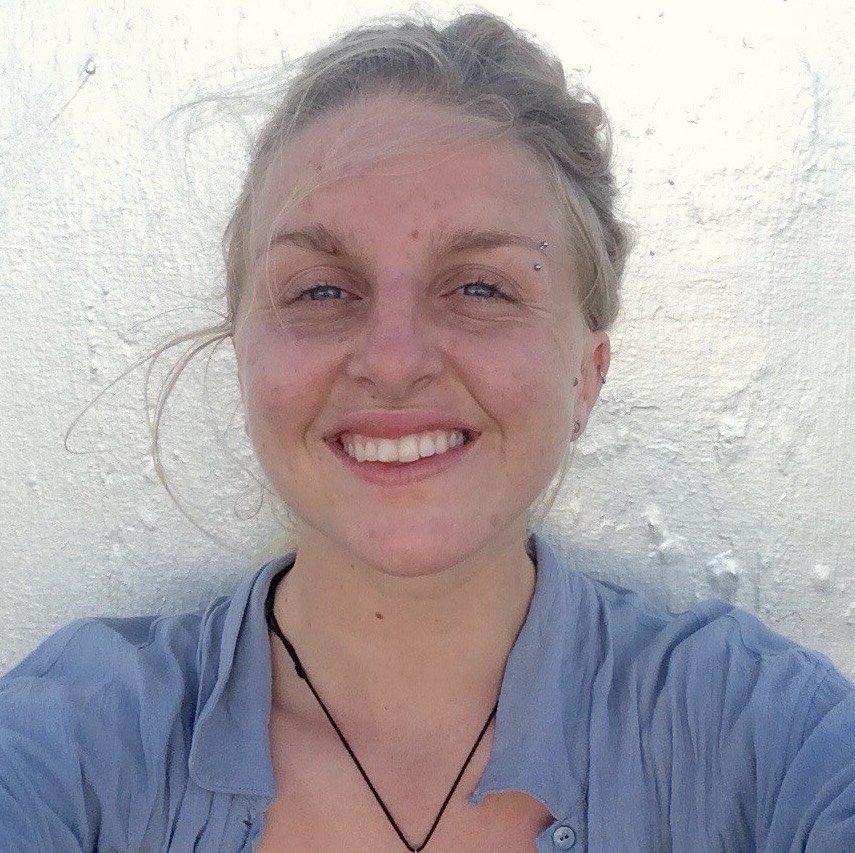Thousands Protest Serbian President One Week After Invading State TV
The RTS headquarters were last stormed in 2000 when citizens and demonstrators forced the resignation of Slobodan Milosevic.
Thousands of Serbian protesters demonstrated in Belgrade a week after entering the Serbian national broadcaster RTS offices by force on March 16, criticizing nationalist President Alessandra Vucic and his limitations on press freedom. The protestors were forcibly removed from the building, and Interior Minister Nebojsa Stefanovic warned they would face repercussions. At least 18 were arrested and the protest leaders did not succeed in broadcasting on air from the headquarters.
Vucic’s political opposition has advocated that a politically diverse and protected media is essential during an election circuit and have organized regular demonstrations in downtown Belgrade every Saturday since December.

Serbia’s Minister of Defense Aleksandar Vucic listens as Secretary of Defense Leon E. Panetta welcomes him to the Pentagon, December 7, 2012.
The president, who represents the Serbian Progressive Party (SNS), a nationalist movement, which critics say uses hate speech, has bluntly rejected the public’s request, stating that he would not begin reform “even if there were five million people in the street.” This remark has fueled the protesters in the last months, and they march under the banner “1 in 5 million.”
But the RTS news station has refused their appeal to voice the message of their demonstrations, which began to grow in January, on broadcast news.

The Radio Television Serbia (RTS) logo.
“For the past months we have been asking only for one thing—to allow protest organizers to speak on the state television,” said Bosko Obradovic, leader of the far-right Dveri political party, and prominent member of the anti-Vucic movement.
One week later, thousands once again returned to the streets for the 16th consecutive week of Saturday protests. Some of those arrested on the 16th spoke to the crowd, who carried candles and flowers to commemorate politicians and journalists killed during Vucic’s administration, gathered on the 23rd.
The RTS headquarters were last stormed in 2000, when citizens and demonstrators forced the resignation of Slobodan Milosevic, the Serbian president during the dissolve of Yugoslavia and violent conflict with Serbia’s Bosnian and Croatian neighbors.
In other post-Yugoslavian Baltic nations this month, tensions between government and their citizens have been erupting into violent and non-violent protest. More than 10,000 people marched in Podgorica, Montenegro, to call for the removal of President Milo Đukanović, who has held his position as the head of state for nearly 30 years.







